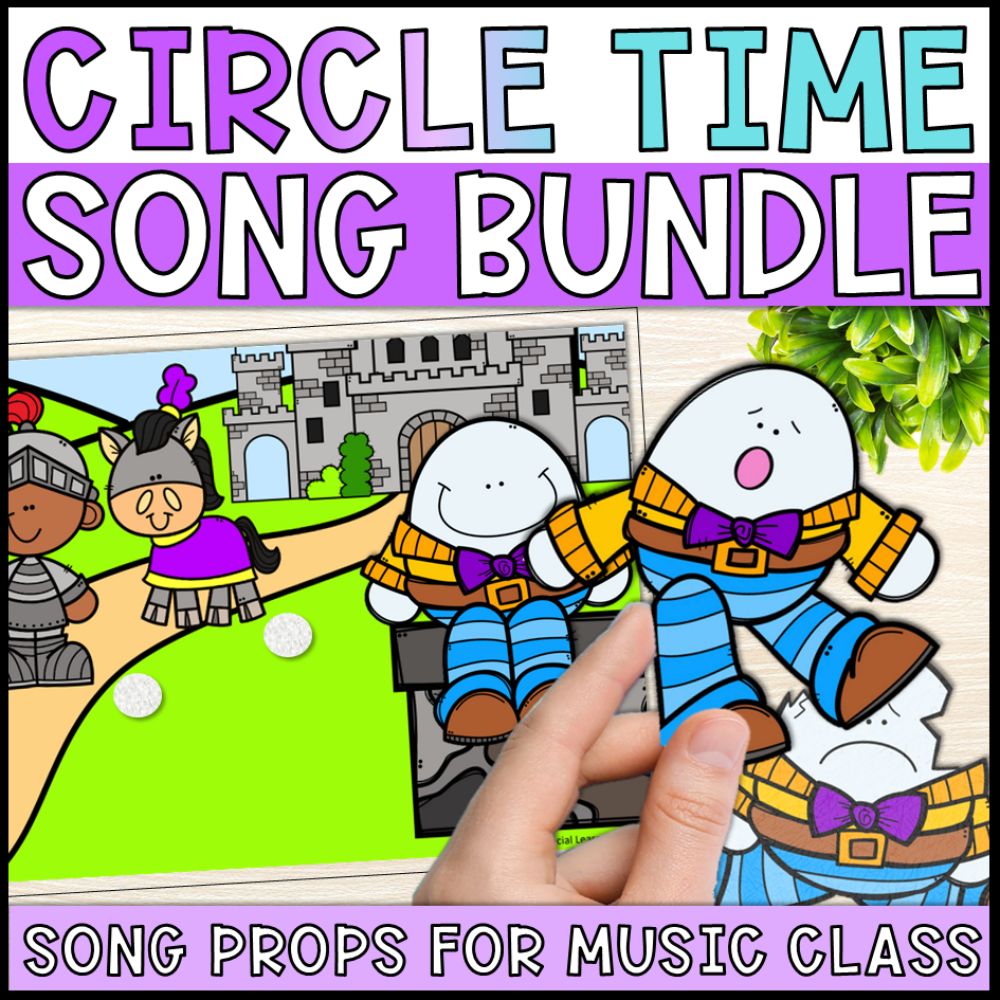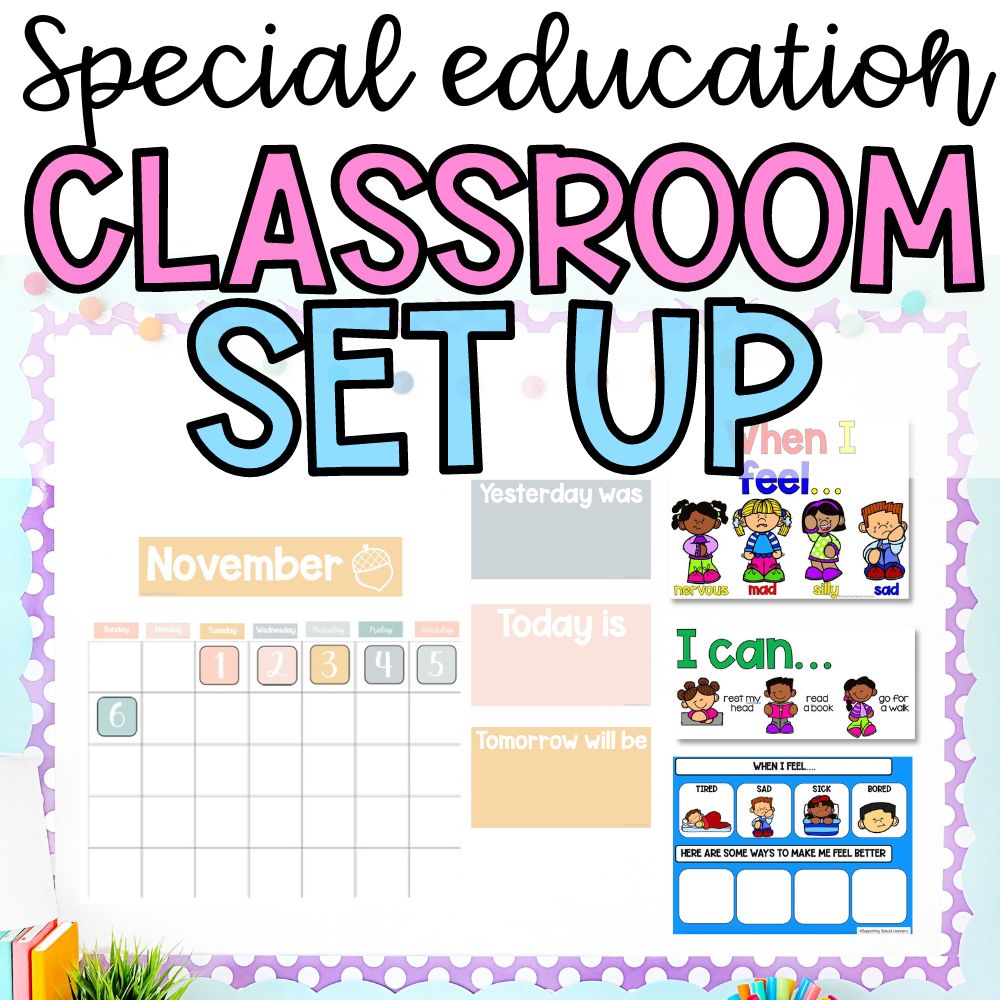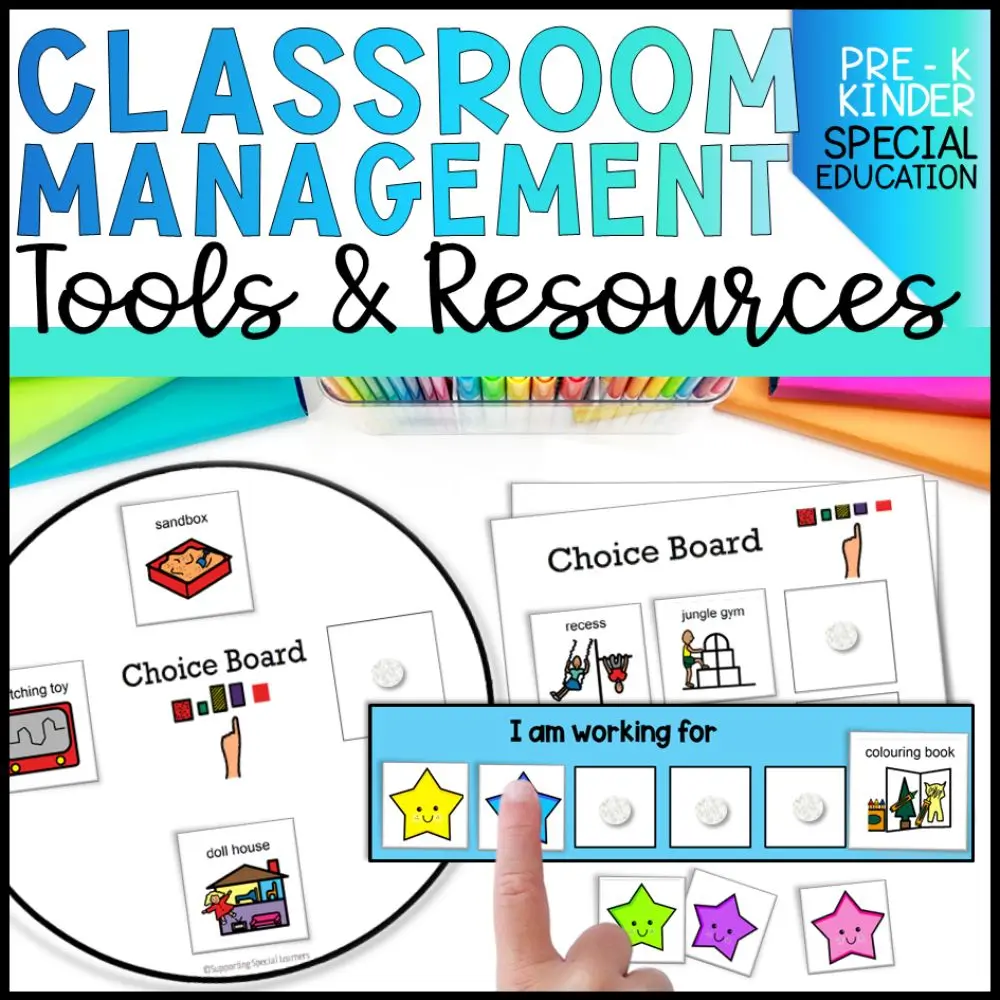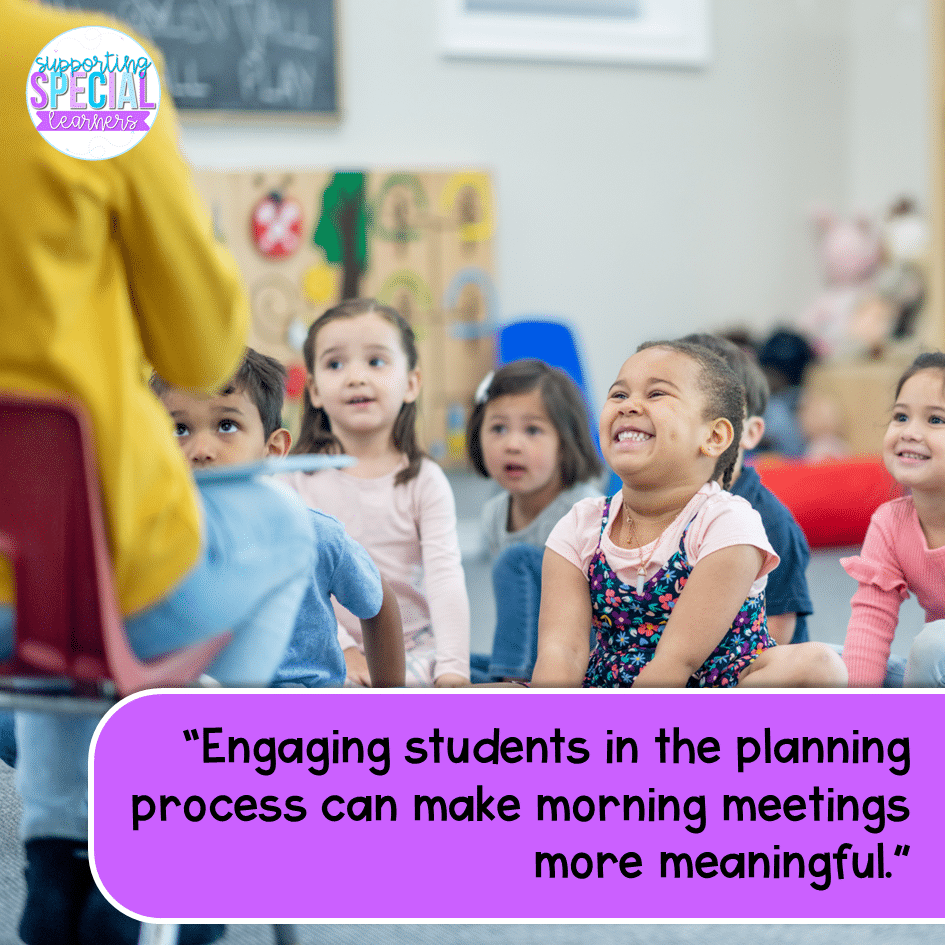Morning meetings are a great way to start the day in the classroom. They help create a positive atmosphere, build relationships, and engage students. This guide covers everything you need to know about morning meetings, including their importance, structure, and fun activities to keep students excited.
Key Takeaways
- Morning meetings set a positive tone for the day ahead.
- They help build a strong classroom community and improve student relationships.
- Incorporating fun activities can enhance student engagement and participation.
- Different greeting ideas can keep students interested and excited.
- Regular morning meetings support social and emotional learning.
Importance of Morning Meetings
Morning meetings are essential for creating a positive atmosphere in the classroom. They help students feel welcomed and ready to learn. Starting the day with a morning meeting can significantly improve classroom dynamics.
Setting the Tone for the Day
- Morning meetings set a positive tone for the day.
- They help students transition from home to school.
- A structured start can reduce anxiety and increase focus.
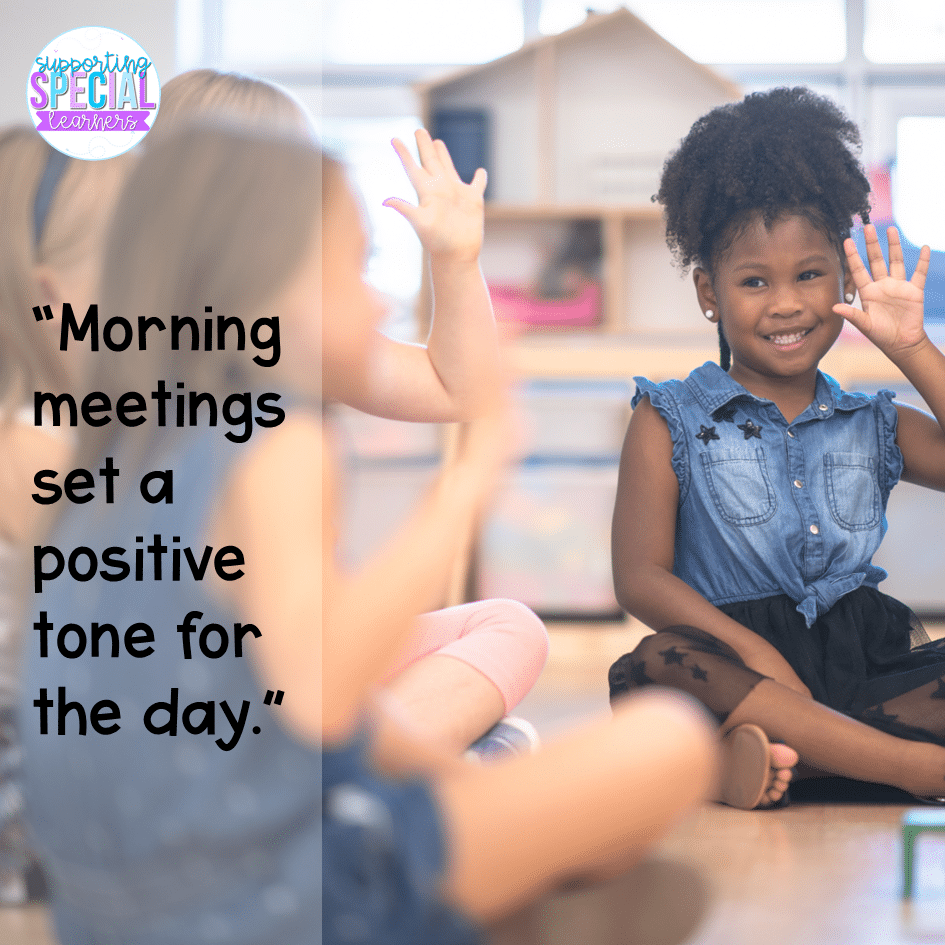
Building Classroom Community
- Morning meetings foster a sense of belonging among students.
- They encourage students to share and listen to each other.
- This practice helps create friendships and support networks.
Enhancing Student Engagement
- Engaging activities during morning meetings can boost participation.
- Students are more likely to be involved in lessons after a positive start.
- Morning meetings can lead to better communication and collaboration.
Morning meetings are key parts of creating a supportive classroom. Adding short, focused meetings into the day can make a real difference in how your team communicates, collaborates, and gets things done.
Benefits of Morning Meetings
Morning meetings offer numerous advantages that can significantly enhance the classroom environment. These meetings help establish trust among students and create a sense of safety. Here are some benefits:
Improving Social Skills
- Students learn to communicate effectively with their peers.
- They practice active listening and empathy during discussions.
- Group activities encourage teamwork and collaboration.
Boosting Academic Performance
- Morning meetings set a positive tone for the day, leading to better focus.
- Students feel more connected, which can enhance their willingness to participate in lessons.
- Regular routines help students feel secure, allowing them to engage more fully in learning.
Fostering Emotional Well-Being
- Students have a safe space to express their feelings and thoughts.
- Morning meetings can help reduce anxiety by providing predictability in the classroom.
- They promote a sense of belonging, which is crucial for emotional health.
Morning meetings create consistency with routine and predictability. Students feel safe when they know what is coming and what to expect.
In summary, morning meetings are essential for helping students grow socially, emotionally, and academically.
Morning Meeting Structure
Morning meetings are essential for creating a positive classroom environment. They typically consist of four main parts that help students connect and prepare for the day ahead. Each component plays a vital role in fostering a supportive atmosphere.
Four Key Components
- Greeting: Each student is greeted individually, which helps them feel seen and valued. This can be done through simple handshakes or fun greeting games.
- Sharing: Students take turns sharing something about themselves. This can be a favorite memory or an interesting fact, encouraging communication and relationship-building.
- Activity: Engaging activities or games are included to promote teamwork and fun. These can be tailored to fit academic topics or simply be enjoyable. Consider using resources like the Circle Time Songs Bundle to introduce new songs that capture students’ attention and make morning meetings interactive.
- Morning Message: A message is displayed for students to read and respond to. This often includes important information about the day and can spark discussions.
Time Management Tips
- Set a Timer: Keep each component within a specific time limit to ensure all parts are covered.
- Be Flexible: Adjust the time spent on each part based on the day’s needs or student engagement.
- Prioritize: Focus on the components that are most beneficial for your class on a given day.
Adapting for Different Age Groups
- Younger Students: Use more interactive and visual elements to keep them engaged.
- Older Students: Incorporate deeper discussions and more complex activities to challenge them.
- Mixed Ages: Create activities that can be easily modified to suit different skill levels.
Morning meetings help students grow more independent and bring everyone together as a classroom community. Taking a bit of time for these meetings boosts student engagement and supports their emotional well-being.
Morning Meeting Greetings
Morning meetings are an excellent start to the day, and greetings help set a positive tone for the classroom. Here are some ideas to keep greetings fresh and engaging:
Creative Greeting Ideas
- Good Morning Greeting: Greet each student at the door with a smile and a handshake or high five. This simple act helps everyone feel welcomed.
- Compliment Exchange: Each student greets a classmate and shares a compliment. This encourages kindness and builds relationships.
- Ball Toss Greeting: Students stand in a circle and toss a ball to each other. The person who catches the ball greets someone else before tossing it again.
Maintaining Enthusiasm
To keep students excited about greetings:
- Change it Up: Vary the greetings throughout the week to maintain interest.
- Incorporate Movement: Use greetings that involve physical activity, like a dance or a fun handshake.
- Make it Personal: Allow students to create their own unique greetings to share with the class.
Incorporating Movement
Movement can make greetings more fun! Here’s a unique idea:
- Backward Day Handshake: This greeting helps students practice sequencing and sentence structure. Each student greets another by saying, “I greet you with a backward handshake!” and then they perform the handshake backward. This not only adds a twist but also encourages creativity and laughter in the classroom.
Morning meetings help build connections and create a positive learning environment.
By keeping greetings lively and interactive, you can foster a sense of community and excitement in your classroom!
Morning Meeting Share Ideas
Effective Sharing Techniques
Sharing during morning meetings helps students build meaningful connections with each other. Here are some effective techniques:
- Start with simple questions: Use easy questions like “What’s your favorite color?” to get everyone involved.
- Encourage follow-up questions: After a student shares, allow others to ask questions to deepen the conversation.
- Rotate sharing opportunities: Make sure every student gets a chance to share over time.
Encouraging Student Participation
To make sharing more engaging, consider these strategies:
- Create a sharing schedule: Let students sign up in advance to share on specific days.
- Use a talking object: Pass around an item that signifies whose turn it is to speak, ensuring everyone gets a chance.
- Celebrate unique shares: Acknowledge and appreciate the different things students bring to share, fostering a sense of belonging.
Using Sharing to Build Relationships
Sharing can strengthen relationships in the classroom. Here’s how:
- Focus on listening: Teach students to listen actively when their peers share.
- Highlight common interests: Encourage students to find connections in what others share, promoting friendship.
- Create a safe space: Ensure that the environment is respectful and supportive, so students feel comfortable sharing.
Remember, sharing isn’t just about talking—it’s about building connections. Encouraging a culture of sharing helps students build social skills they’ll carry with them for life.
| Sharing Technique | Description |
| Simple Questions | Start with easy, relatable questions. |
| Follow-Up Questions | Allow peers to ask questions after sharing. |
| Talking Object | Use an item to signify whose turn it is to speak. |
Morning Meeting Games
Fun Icebreaker Activities
Icebreaker games help start morning meetings and make students feel comfortable. Here are some fun ideas:
- Ball Toss: Students toss a ball to each other while saying their name and a favorite hobby.
- Two Truths and a Lie: Each student shares two true statements and one false statement about themselves. The class guesses which is the lie.
- Human Bingo: Create bingo cards with different traits (e.g., has a pet, loves pizza). Students mingle to find classmates who match the traits.
Team-Building Games
Team-building games foster collaboration and trust among students. Consider these:
- Group Juggle: Students stand in a circle and toss a ball around, adding more balls as they get the hang of it.
- Trust Fall: In pairs, one student falls back while the other catches them, promoting trust and teamwork.
- Puzzle Race: Divide students into teams and give each team a puzzle to complete. The first team to finish wins!
Integrating Learning with Play
Games can also be educational. Here are some ideas:
- Math Relay: Set up stations with math problems. Students race to solve them in teams.
- Vocabulary Charades: Students act out vocabulary words while others guess, reinforcing language skills.
- Story Building: In groups, students create a story by adding one sentence at a time, enhancing creativity and collaboration.
Incorporating games into morning meetings not only makes them enjoyable but also strengthens classroom bonds.
These activities can be adapted for different age groups and can help create a positive atmosphere in the classroom. Remember, the goal is to make morning meetings a fun and engaging start to the day!
Morning Meeting Questions
Engaging Question Formats
Asking the right questions can make a big difference in how students engage during morning meetings. Here are some formats to consider:
- Open-Ended Questions: Encourage students to share their thoughts. For example, “What was the best part of your weekend?”
- This or That: Present two options and ask students to choose. For instance, “Would you rather have a pet dinosaur or a pet dragon?”
- Poll Questions: Use a simple show of hands to gauge opinions, like “Who likes pizza more than tacos?”
Using Questions to Spark Discussion
Questions can lead to deeper conversations. Here are some tips:
- Follow-Up Questions: After a student shares, ask them to elaborate. For example, “Why did you choose that book?”
- Group Discussions: Allow students to discuss their answers in pairs before sharing with the whole group.
- Connect to Learning: Tie questions to current lessons or themes in class to make them more relevant.
Tailoring Questions to Student Needs
It’s important to consider the diverse needs of your students. Here are some strategies:
- Adjust Complexity: Use simpler questions for younger students and more complex ones for older students.
- Incorporate Interests: Ask questions related to students’ hobbies or favorite subjects to increase engagement.
- Use Visual Aids: For students who struggle with verbal communication, consider using pictures or charts to help them express their thoughts.
Remember, the goal of morning meeting questions is to create a welcoming environment where every student feels comfortable sharing.
By incorporating these strategies, you can make morning meetings a time for connection and growth, helping students feel valued and heard.
| Question Type | Example Question | Purpose |
| Open-Ended | What was your favorite part of the week? | Encourage sharing |
| This or That | Would you rather fly or be invisible? | Spark imagination |
| Poll | Who likes chocolate more than vanilla? | Gauge preferences |
Tips for Making Morning Meetings a Routine
Establishing Consistency
Creating a routine for morning meetings is essential. Here are some tips to help you establish consistency:
- Set a specific time each day for morning meetings.
- Use a visual schedule to remind students of the routine.
- Practice the routine regularly until it becomes second nature.
Involving Students in Planning
Engaging students in the planning process can make morning meetings more meaningful. Consider these strategies:
- Ask for input on activities and topics.
- Create a suggestion box for students to share ideas.
- Rotate responsibilities, allowing students to lead parts of the meeting.
Evaluating and Adjusting Meetings
Regularly assess the effectiveness of your morning meetings. Here’s how:
- Gather feedback from students about what they enjoy.
- Adjust the format based on student needs and interests.
- Keep track of participation and engagement levels to identify areas for improvement.
Morning meetings are a great way to build community and support learning in the classroom. Consistency and student involvement are key to making them a successful routine.
By following these tips, you can create a welcoming environment that sets a positive tone for the day, fostering a sense of belonging and engagement among students. Remember, the goal is to make morning meetings a cherished part of the school day!
Starting your day with morning meetings can really help everyone stay on track. To make these meetings a regular part of your routine, try setting a specific time and sticking to it. Encourage everyone to share their thoughts and ideas, making it a fun and engaging experience. For more tips and resources to enhance your teaching, visit our website!
Wrapping Up Your Morning Meetings
In conclusion, morning meetings help start the day with positive energy. They help build a strong classroom community where everyone feels included and valued. By mixing up greetings, fun activities, and thoughtful questions, you can keep students engaged and excited. Remember, the goal is to create a safe space where students can express themselves and connect with each other. So, whether you’re trying out new games or simply saying hello in different ways, keep it fresh and fun. Your morning meetings can truly set the tone for a successful day ahead!
Frequently Asked Questions
What is the purpose of morning meetings?
Morning meetings help build a positive classroom environment. They allow students to connect with each other and set a good tone for the day.
How long should a morning meeting last?
A morning meeting can last anywhere from 10 to 30 minutes, depending on your schedule.
What activities can we do during morning meetings?
You can include greetings, sharing personal news, fun games, or a short message from the teacher.
How can I keep students engaged during morning meetings?
Try to vary the activities and greetings each day. Use games or movement to keep things lively.
Can morning meetings be adapted for older students?
Yes! Morning meetings can be adjusted for middle and high school students by focusing on relevant topics and discussions.
What if students are shy about sharing?
Encourage a safe environment where students feel comfortable. Start with simple questions and gradually build up to more personal sharing.


